-
-
Services
Reservation Services
VIP Services
-
Business Travel
-
About Iran
History of Isfahan
Isfahan, often called “Half of the World”, is one of Iran’s most historic and beautiful cities. With its roots stretching back to ancient Persia, the city flourished especially during the Safavid dynasty in the 16th and 17th centuries, when it was chosen as the capital of Iran. During this golden era, Isfahan became a hub of art, culture, trade, and architecture, leaving behind masterpieces that still captivate visitors today.
Cultural and Historical Attractions
Isfahan is famous for its breathtaking Islamic architecture and magnificent landmarks. The heart of the city is Naqsh-e Jahan Square (Imam Square), a UNESCO World Heritage Site surrounded by architectural wonders such as the Shah Mosque, Sheikh Lotfollah Mosque, and the Ali Qapu Palace. The city is also renowned for its historic bridges on the Zayandeh River, including the Si-o-se-pol and Khaju Bridge, which are beloved gathering places for locals and travelers alike.
Modern Life and Experiences
Alongside its historic treasures, Isfahan offers a vibrant cultural life. Visitors can explore the Grand Bazaar of Isfahan, filled with traditional handicrafts like Persian carpets, miniature paintings, and enamel work. The city is also home to beautiful gardens, museums, and traditional teahouses that allow travelers to experience authentic Persian hospitality. With its rich history, stunning architecture, and warm atmosphere, Isfahan remains one of the most enchanting destinations in Iran
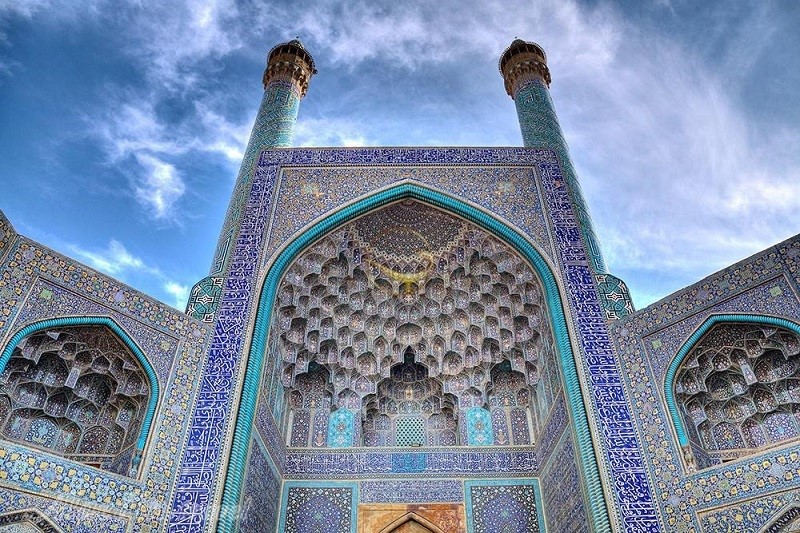
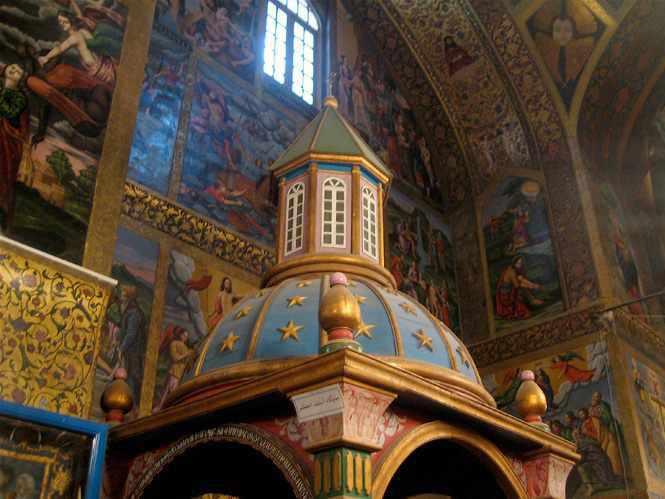
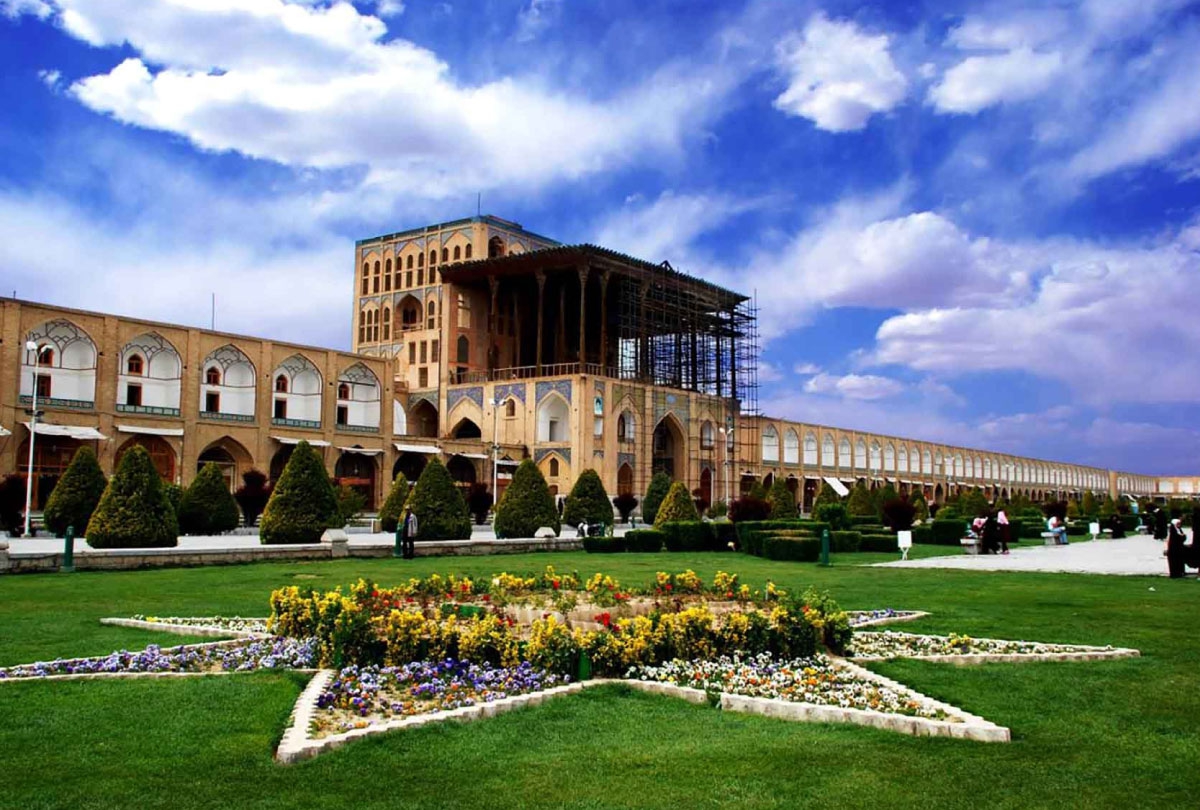
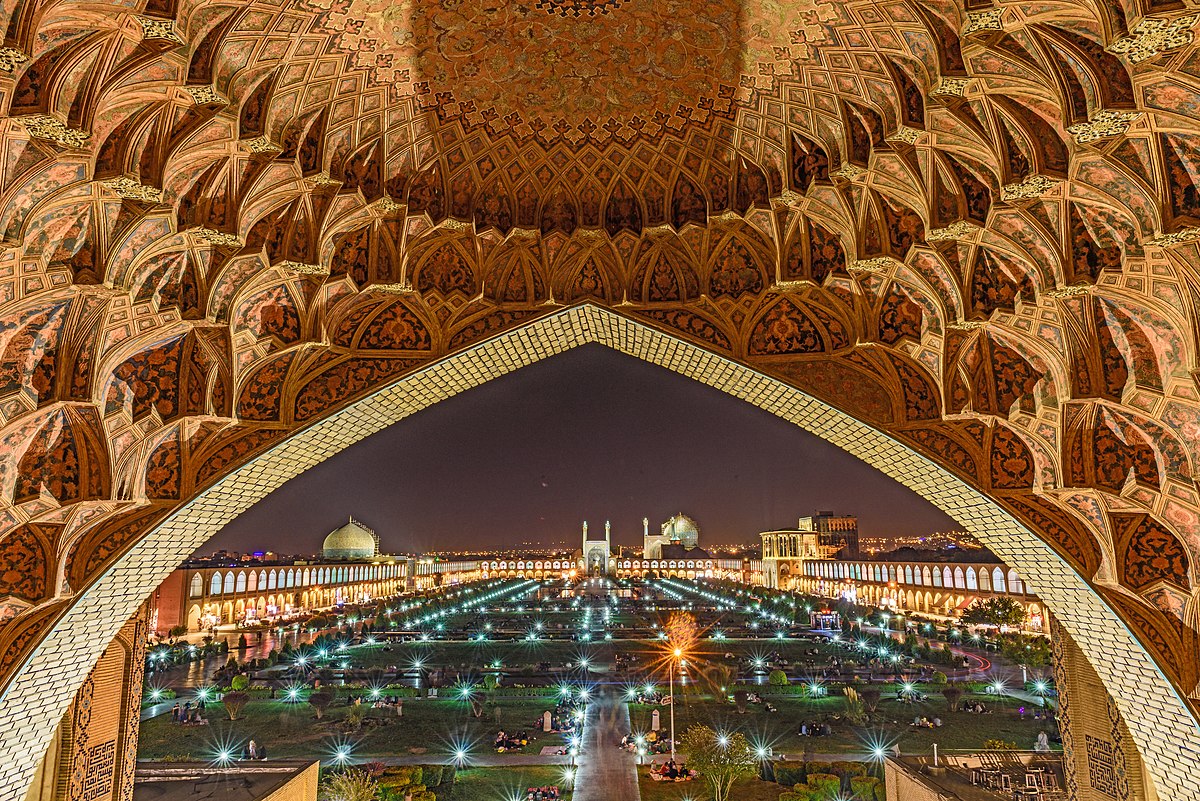
Naqsh-e Jahan Square, also known as Imam Square, is a UNESCO World Heritage Site and one of the largest and most beautiful squares in the world. Built in the 17th century during the Safavid dynasty, it is surrounded by architectural masterpieces such as the Imam Mosque, Sheikh Lotfollah Mosque, Ali Qapu Palace, and the Grand Bazaar of Isfahan. Today, the square remains a vibrant cultural and social hub, where visitors can admire its stunning architecture, shop for traditional crafts, and experience the timeless charm of Isfahan.

The Shah Mosque, also known as the Imam Mosque, is one of the finest masterpieces of Islamic architecture in Iran and a highlight of Isfahan’s Naqsh-e Jahan Square. Built in the early 17th century during the Safavid dynasty, the mosque is famous for its grand entrance portal, majestic turquoise dome, and intricate tile work decorated with calligraphy and floral patterns. Its elegant design and harmonious proportions make it not only a place of worship but also a symbol of Persian art and architectural brilliance, attracting visitors from around the world.
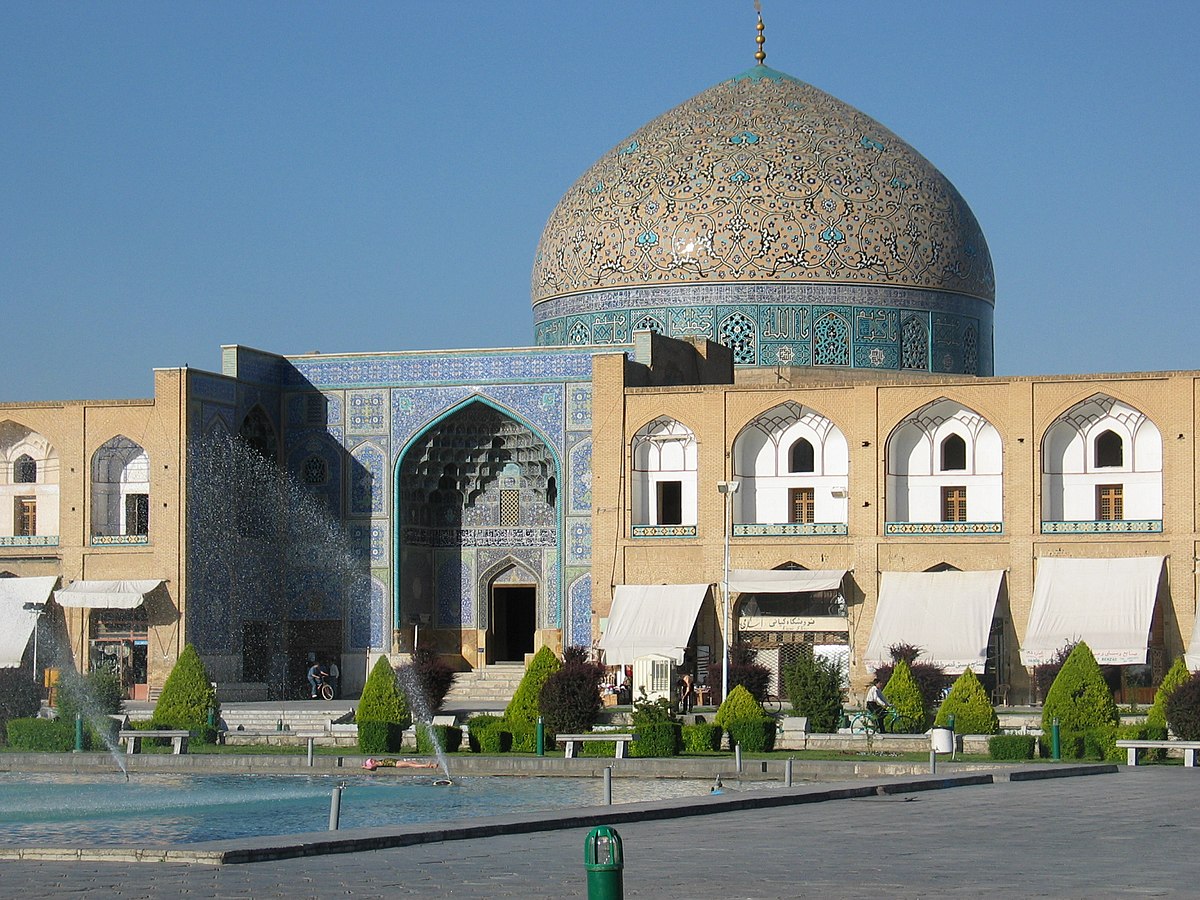
The Sheikh Lotfollah Mosque, located on the eastern side of Naqsh-e Jahan Square in Isfahan, is a true jewel of Safavid architecture. Built in the early 17th century as a private royal mosque, it is unique for its elegant design, lack of minarets, and breathtaking interior tile work that changes color with the light throughout the day. The mosque’s delicate patterns and harmonious proportions reflect the height of Persian artistry, making it one of the most admired monuments in Iran.

The Ali Qapu Palace, standing on the western side of Naqsh-e Jahan Square in Isfahan, was built in the early 17th century as the residence of Safavid kings and a gateway to the royal palaces. This six-story building is famous for its grand terrace with tall wooden columns, offering stunning views of the square, and its richly decorated music hall, designed with intricate stucco patterns for perfect acoustics. Ali Qapu is not only an architectural masterpiece but also a symbol of the power and elegance of the Safavid era.
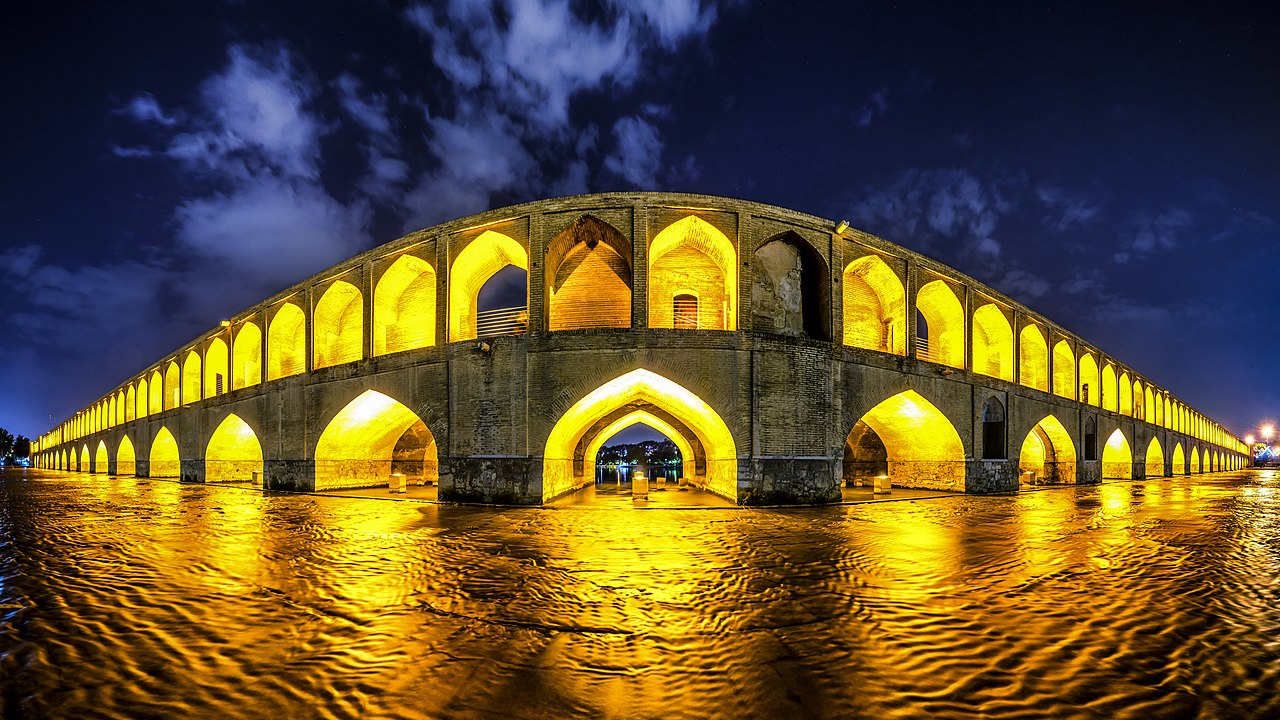
The Si-o-se-pol Bridge, also known as the Bridge of 33 Arches, is one of the most famous landmarks of Isfahan and a masterpiece of Safavid engineering. Built in the early 17th century over the Zayandeh River, the bridge served both as a vital connection and as a venue for royal ceremonies and celebrations. With its graceful arches, impressive length, and beautiful reflection on the water, Si-o-se-pol has long been a symbol of Isfahan’s elegance and remains a popular gathering place for locals and visitors alike.

The Khaju Bridge, built in the mid-17th century during the Safavid dynasty, is one of the most beautiful and artistic bridges in Isfahan. Spanning the Zayandeh River, it functioned not only as a bridge and a weir but also as a gathering place for social and cultural events. The bridge is admired for its elegant arches, decorative tile work, and central pavilion once used by the Safavid kings. Even today, Khaju Bridge remains a lively spot where locals and visitors enjoy the river’s atmosphere and the timeless charm of Persian architecture.

Vank Cathedral, located in the Jolfa district of Isfahan, is one of the most important Armenian churches in Iran. Built in the early 17th century during the Safavid era, the cathedral combines traditional Armenian architecture with Persian decorative elements. Its beautifully painted frescoes, intricate tile work, and impressive dome make it a unique cultural and historical landmark. Today, Vank Cathedral also houses a museum and library, preserving the heritage of Isfahan’s Armenian community and attracting visitors from around the world.
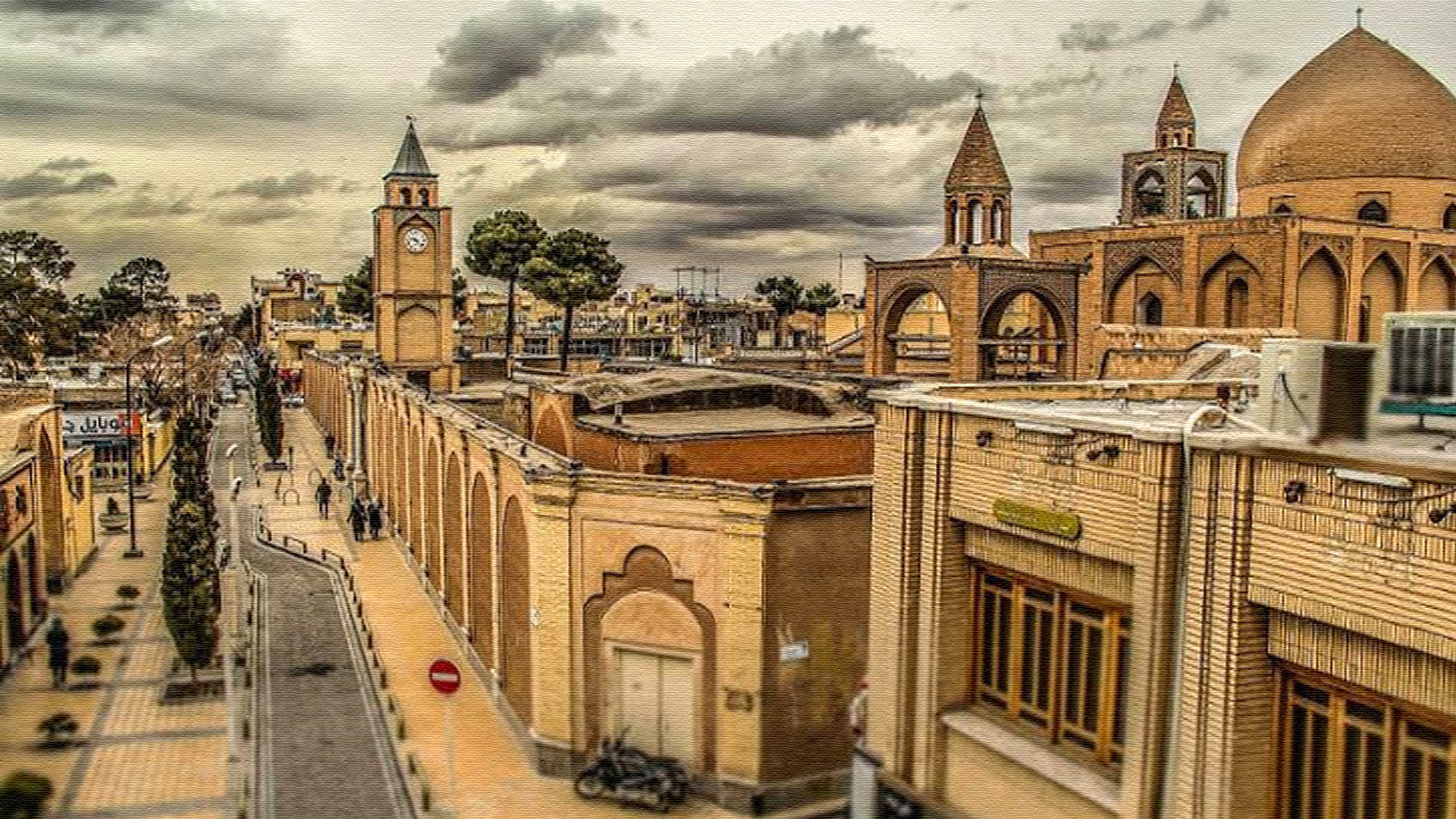
Jolfa Street, located in the historic Armenian quarter of Isfahan, is a vibrant cultural and artistic hub. Known for its charming architecture, cafes, art galleries, and craft shops, the street reflects the rich heritage of the Armenian community in the city. Visitors can stroll along Jolfa Street to explore historic churches like Vank Cathedral, enjoy local cuisine, and experience the unique blend of Persian and Armenian culture in a lively and welcoming atmosphere.
+989301903026
+982166126539
Info@Rosha.Travel
Saturday - Thursday 09 Am – 05 Pm
Iran, Tehran, End of Keshavarz Blvd, Corner of Ghajar Alley, North Jamalzadeh St, No. 528, Unit 4, 2nd Floor